- Tuition Fees
- Payment Plan
- Scholarships & Grants
- Loans
- Payment Guide
- Other Financial Aid Options
- FAQ's & Tips
You may pay all fees at the cashier window on the CMU main campus (Palisadoes Rd.) Please bring your photo ID and all documents relevant to the transaction
Directions:
Upon entering the main campus of the Caribbean Maritime University (CMU), proceed to the Main Administration building, and ask for the the cashier. There, you will conduct your transaction.
To pay tuition and fees online via NCB online set up CMU as a payee in Bill Payment and then proceed to « Pay a Bill ». You must put your student number as your account number.
NCB Online Payments
- Log in to your NCB online account
- Under “Quick Links” select “Bill Payment”
- Under “Bill Payment” select “Add Bill Payee”
- For STEP 1, the ‘Payee Business Category” is Schools and Universities
- For Step 2, select CARIBBEAN MARITIME UNIVERSITY
- For step 3, enter your ID number and /or Full Name
- Complete
After CMU has been successfully added as a Payee, do the following:
- Select “Pay Bills”
- Select payee CARIBBEAN MARITIME UNIVERSITY
- Enter amount for payment
- Complete payment and record your reference number.
Earn and Learn
Caribbean Maritime University ‘s Earn and Learn and Special Assistance Lunch (SAP) Programmes are offered for needy students. Students who want this assistance are required to complete an application form and write an essay stating their need. Selection is done based on the assessment of the application forms and essays provided. If needed, individual interviews may be conducted with candidates. The Registrar and the Student Services Manager has overall responsibility for the placement of students.
Selection is done every semester to enable more students benefiting from this assistance. Students on SAP are provided with lunch on the days that they have classes. Students on the Earn and Learn Programme are placed across the University to work and are properly supervised. Time sheets are kept by their supervisors to record their hours each week and this must be signed and submitted to the Registry to enable the processing of stipends. Students are allowed to work a maximum of twenty five hours per week and are offered a stipend of $200.00 per hour.
Eligible students must:
– be current registered students at the University (see the Student Handbook online or visit the Registry Office for registration requirements)
– have achieved at least a C+ average on their last Progress Report
– establish financial need.
– show evidence of extra-curricular involvement or involvement in sports, civic or community activities
Scholarship Tips
Before Applying for a Scholarship
– Search for scholarships related to your field of study on websites,in newspapers and at you r scholarship office . By doing this you increase your chances of being awarded one. Avoid applying for general scholarships they are typically more competitive than field-specific ones.
– Scholarship applications are usually accepted between the months of October—July each year.
– Apply for scholarships early, do not wait until the last minute to submit your scholarship application. Submit your application in a timely manner; this may say a lot about you.
– Apply for scholarships that require videos, essays and projects. These scholarships typically require a lot of work, which means fewer applicants, will apply.
– Ensure that your background remains professional, Google yourself and ensure that your image is appropriate for the scholarship in which you are interested. Entities will do research on you.
– Ensure you have a professional email address. Avoid ‘hotgyalkim@hotmail.com’ opt for ‘kimberlysmith@hotmail.com.
Preparation for the Scholarship Interview
– Often, scholarships requires an interview. Interviews typically last between 15-30 minutes. This interview may include a panel of interviewers between 1-7 persons depending on the scholarship. – Do your research on the organization issuing the scholarship. Some interviewing panels like to know that potential awardees know about the organization.
– Research who may be a panellist for the interview, it also helps if you know a littleabout those persons Be prepared to discussed your future (goals/ambitions/hobbies/career/financial profile/skills etc).
– Research popular interview questions and possible answers. Below are a few examples of questions:
* What are your strengths and weaknesses?
* Why are you deserving of this Scholarship opportunity?
* Where do you see yourself in 5-10 years?
* Tell me how you handle failure.
– Be prepared to ask questions. These could include questions about bonding and recipient selection timelines.
– Ensure you know the exact interview location and directions. Make arrangements for reliable transportation in advance and know who to ask for upon arrival.
– Ensure you wear business attire for your interview; avoid ‘loud’ distracting colours and hairstyles . Ensure you are well-groomed and your clothing is clean and ironed.



